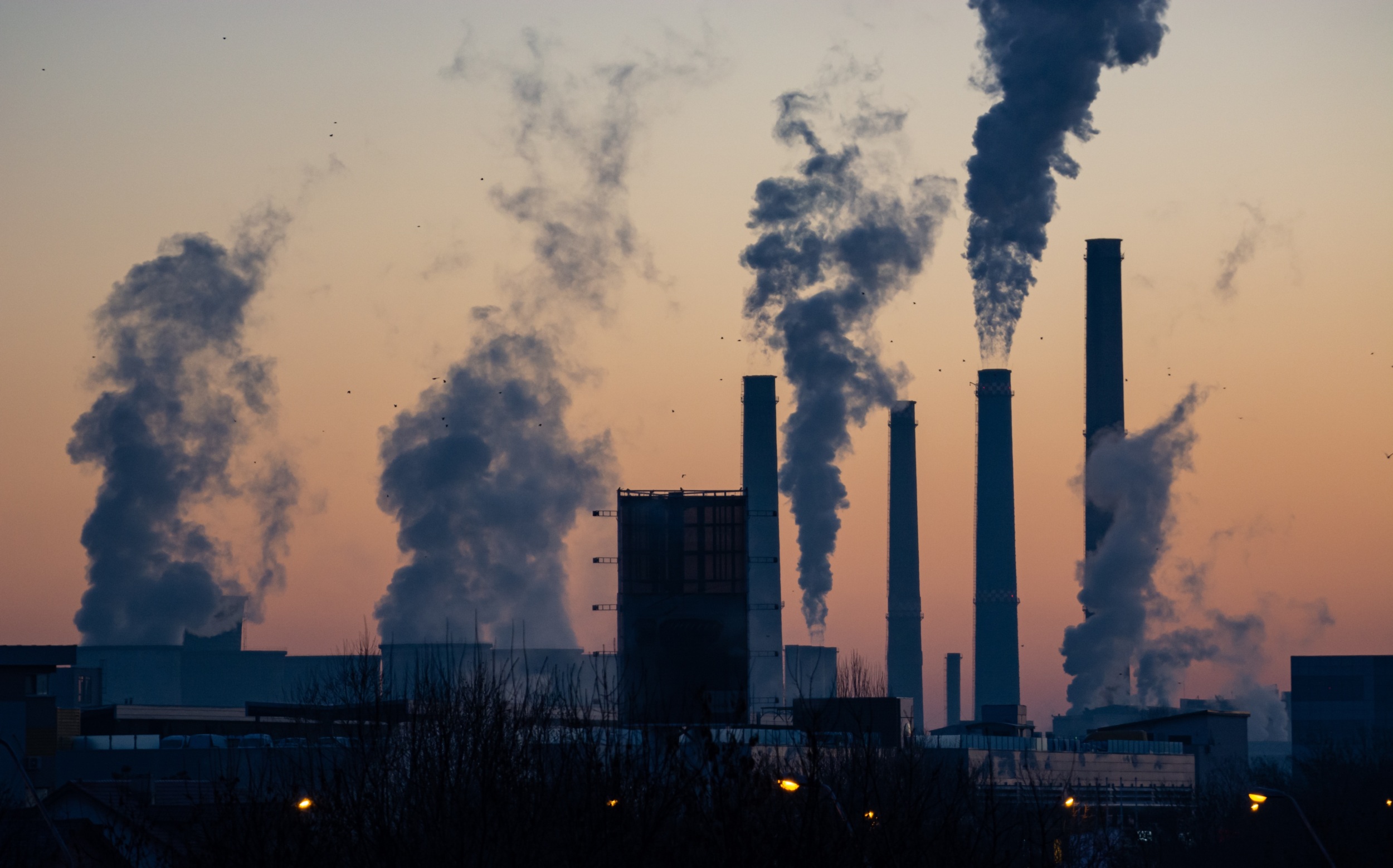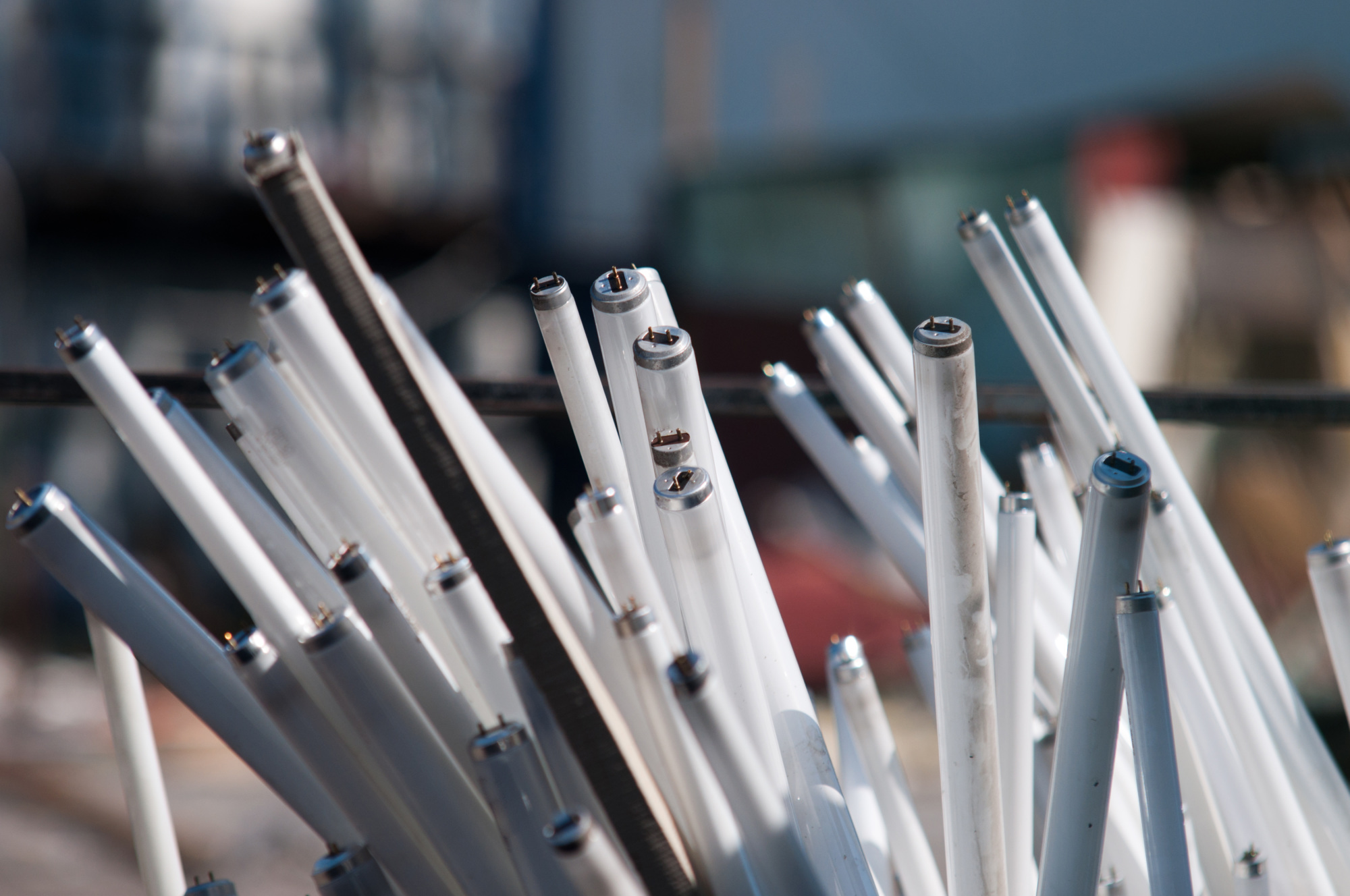
Spotlight on Air Pollution

Appliances contribute to air pollution, with grave consequences for human health. Improving appliance efficiency, coupled with electrification and grid decarbonization, will greatly reduce air pollution and benefit human health.
The following is an overview of some of the ways appliance usage contributes to air pollution and how the Net Zero Heroes can help reduce it. Some of these benefits are called out in Table 6 of the paper or in the Spotlight on Electric Cooking in low- and middle-income countries, but some are not appliance-specific and so could not be captured elsewhere.
Appliances contribute to air pollution, with grave consequences for human health. Improving appliance efficiency, coupled with electrification and grid decarbonization, will greatly reduce air pollution and benefit human health. The following is an overview of some of the ways appliance usage contributes to air pollution and how the Net Zero Heroes can help reduce it. Some of these benefits are called out in Table 6 of the paper or in the Spotlight on Electric Cooking in low- and middle-income countries, but some are not appliance-specific and so could not be captured elsewhere.
Cooking with a traditional biomass cookstove results in health problems because of inhalation of fine black carbon particles and other toxic gasses, which cause respiratory diseases such as lung cancer, childhood pneumonia, heart disease, and stroke.1 Exposure to household air pollution increases the likelihood of stillbirth, low birth weight, and decreased lung function in infants. Liquid and gas-burning stoves carry their own burdens, exposing household occupants to nitric oxide (NO2), carbon monoxide, and particulates. These pollutants cause heart and lung ailments, such as asthma in children.2
The World Health Organization (WHO) estimates that about 3.2 million people die prematurely each year from illnesses attributable to household air pollution caused by the incomplete combustion of solid fuels and kerosene used for cooking, with most of these deaths occurring in low- and middle-income countries.3 WHO also found that 700,000 children worldwide suffer from asthma due to gas stoves. Air pollution, exacerbated by fuel-burning appliances, is recognized as the “biggest environmental health risk in Europe.”4 A complete transition to e-cooking would eliminate these sources of air pollution.
Furnaces and boilers, which vent outside, contribute to outdoor air pollution,5 as do fossil fuel power plants, which generate electricity needed to power appliances in many countries. A study in California found that gas-burning appliances generate four times as much NOx pollution as the US state’s gas power plants and two-thirds as much as all the state’s passenger cars.6 Across the US as a whole, gas appliances emit twice as much NOx as gas power plants.7 Gas appliances also leak benzene, a carcinogen.8 A transition to electric heat pumps for space and water heating, coupled with grid decarbonization, would eliminate these sources of air pollution.
Mercury, a potent neurotoxin that affects the central nervous system, immune system, kidneys, and lungs, is released when coal is burned to generate power and is used in the manufacture of fluorescent lamps.9 In our BAU scenario, we estimate that inefficient fluorescent lighting would cause 232 metric tons of mercury pollution between 2025 and 2050. This includes both mercury emissions from coal-burning power plants and mercury released directly from mercury-containing fluorescent lamps when they break during installation, transport, or disposal (there are minimal recovery efforts in Africa, Asia, or Latin America).10 A rapid transition to high-efficiency LED lamps would help stem the flow of mercury pollution into the environment.

Several global studies have modeled the origins, transport, and health impacts of pollutants from fossil fuel and biomass combustion, especially particulate matter smaller than 2.5 micrometers (PM2.5). These particles lodge themselves in the lungs and can enter the bloodstream, affecting numerous body functions. Estimates range from 4.111 and 4.2 million12 to as high as 8.713million premature deaths per year from outdoor PM2.5 pollution. Adding in the 3 million deaths from indoor air pollution results in approximately 10 million people a year. This figure dwarfs by a factor of 1,000 the deaths attributable to heat waves over the past 20 years and estimates of mortality from potential future climate change. The World Bank further estimates that pollution destroys 6% of global GDP.14 One study estimates that approximately 35% of global deaths from outdoor PM2.5 pollution can be attributed to electricity generation and direct emissions from residential and commercial buildings15 or, in other words, appliances.
The Net Zero Heroes have the potential to greatly reduce particulate pollution, both from direct and indirect emissions, and avoid millions of premature deaths every year.
0. World Health Organization, “Household Air Pollution.”
1. Hannah Blair et al., “Exposing the Hidden Health Impacts of Cooking with Gas,” January 2023, https://www.clasp.ngo/research/all/eu-gas-cooking-health/.
2. World Health Organization, “Household Air Pollution.”
3. Blair et al., “Exposing the Hidden Health Impacts of Cooking with Gas,” 4, 12.
4. Jim Dennison, Leah Louis-Prescott, and Talor Gruenwald, “How Air Agencies Can Help End Fossil Fuel Pollution from Buildings” (Rocky Mountain Institute, 2021), https://rmi.org/insight/outdoor-air-quality-brief/.
5. “Gas Appliances and Smog: California’s Hidden Air Pollution Problem,” SPUR, September 20, 2022, https://www.spur.org/publications/policy-brief/2022-09-20/gas-appliances-and-smog-californias-hidden-air-pollution.
6. Dennison, Louis-Prescott, and Gruenwald, “How Air Agencies Can Help End Fossil Fuel Pollution from Buildings,” 5.
7. “Leaks from Gas Stoves Can Create Potentially Hazardous Indoor Benzene Concentrations,” PSE | Physicians, Scientists, and Engineers for Healthy Energy, October 20, 2022, https://www.psehealthyenergy.org/news/press-releases/leaks-from-gas-stoves-can-create-potentially-hazardous-indoor-benzene-concentrations/.
8. Peter Maxson, Michael Bender, and Alicia Culver, “Mercury in Fluorescent Lighting: Unnecessary Health Risks & Actionable Solutions,” Clean Lighting Coalition, accessed May 10, 2023, https://cleanlightingcoalition.org/resources/mercury-in-fluorescent-lighting-report/.
9. Clean Lighting Coalition, “Technical & Economic Assessment of Mercury-Free Lighting: Global Overview & Regional Profiles,” accessed May 10, 2023, https://cleanlightingcoalition.org/resources/global-report/.
10. Erin E. McDuffie et al., “Source Sector and Fuel Contributions to Ambient PM2.5 and Attributable Mortality across Multiple Spatial Scales,” Nature Communications 12, no. 1 (June 14, 2021): 3594, https://doi.org/10.1038/s41467-021-23853-y.
11. Aaron J Cohen et al., “Estimates and 25-Year Trends of the Global Burden of Disease Attributable to Ambient Air Pollution: An Analysis of Data from the Global Burden of Diseases Study 2015,” The Lancet 389, no. 10082 (May 13, 2017): 25, https://doi.org/10.1016/S0140-6736(17)30505-6.
12. Karn Vohra et al., “Global Mortality from Outdoor Fine Particle Pollution Generated by Fossil Fuel Combustion: Results from GEOS-Chem,” Environmental Research 195 (April 1, 2021): 110754, https://doi.org/10.1016/j.envres.2021.110754.
13. David Wallace-Wells, “Ten Million a Year,” London Review of Books, December 2, 2021, https://www.lrb.co.uk/the-paper/v43/n23/david-wallace-wells/ten-million-a-year.
14. McDuffie et al., “Source Sector and Fuel Contributions to Ambient PM2.5 and Attributable Mortality across Multiple Spatial Scales.”